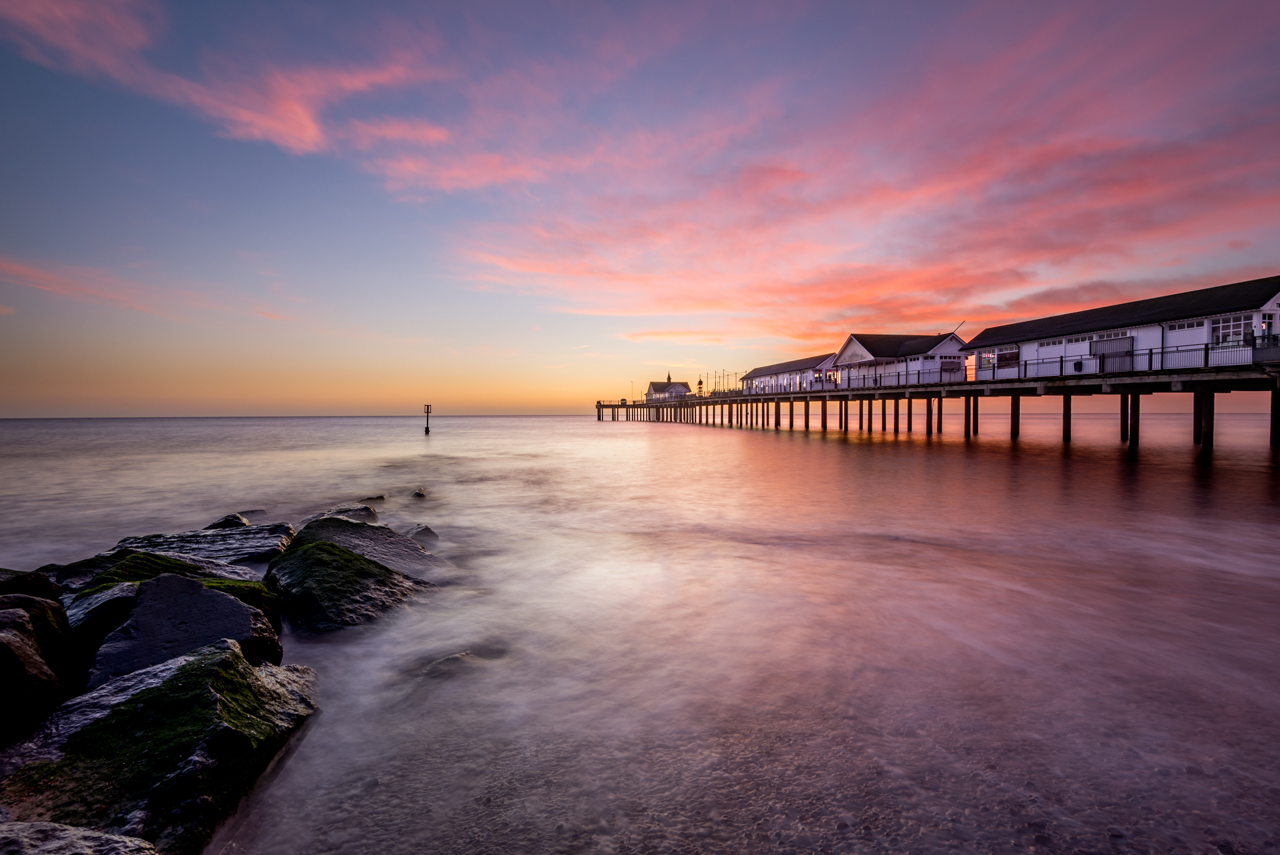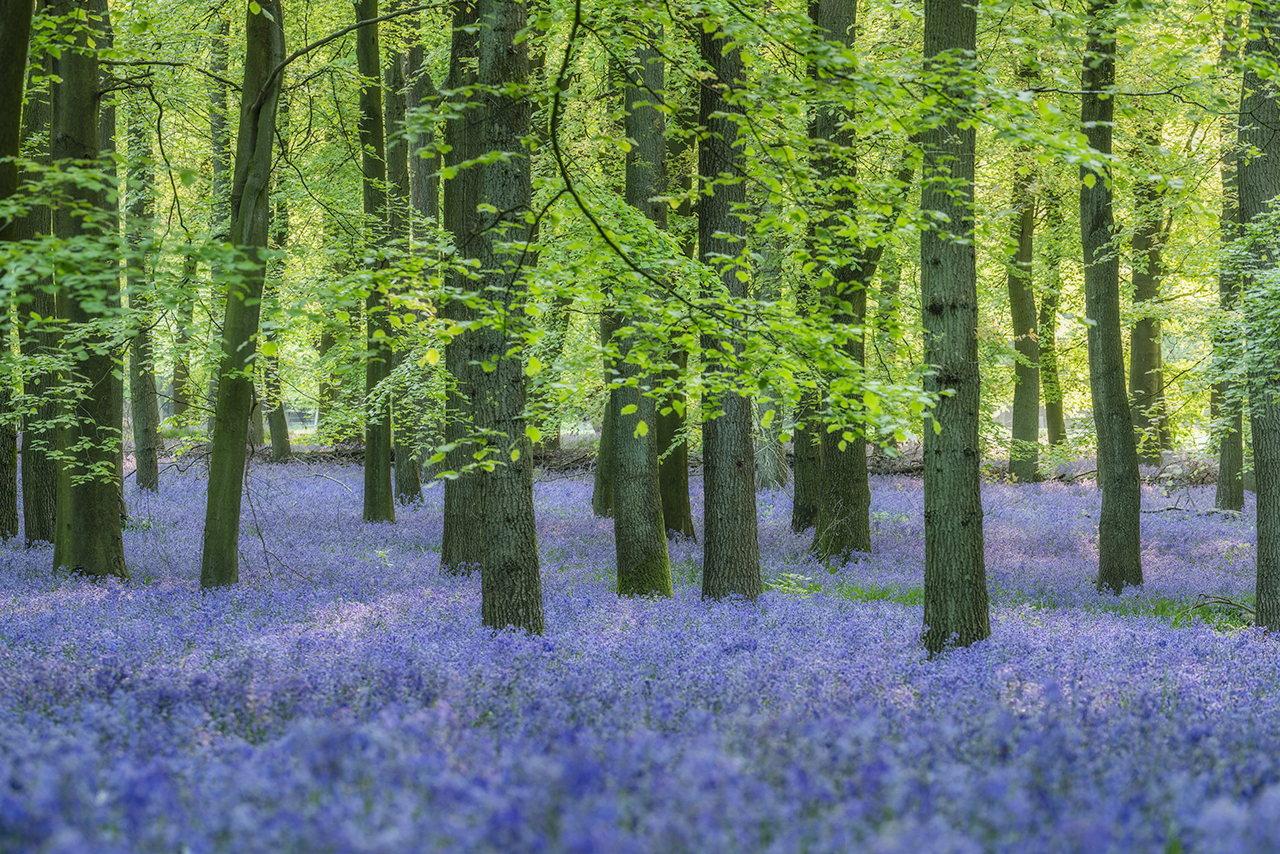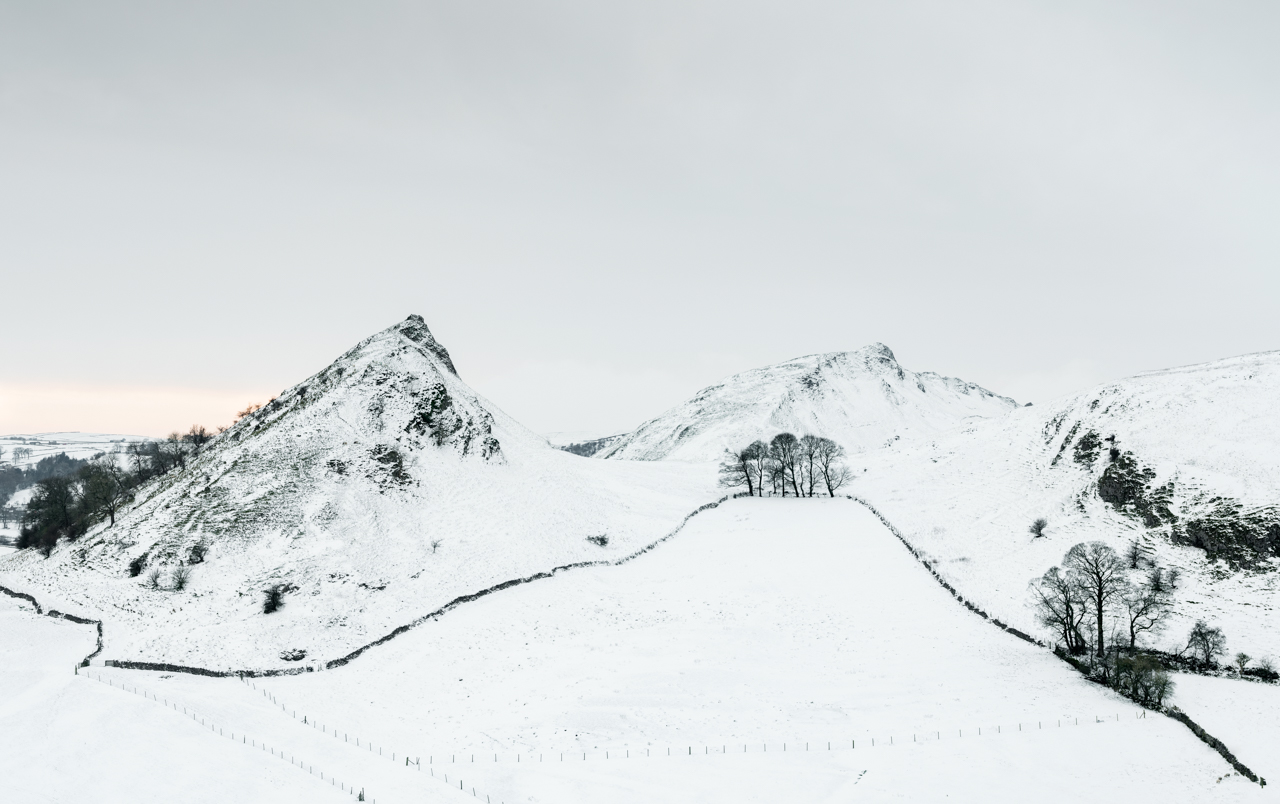Choosing the best lenses for landscape photography
Less is more: the only two lenses you’ll ever need for landscapes

It’s often said that less is more, and if you’re a landscape photographer there are two lenses that will cover nearly all your needs; from astro photography to seascapes to cityscapes, traditional landscapes and much more, not only will these lenses keep you shooting, they’ll also keep the weight of your camera bag down and ultimately make you more creative because you’ll only have two focal ranges to work with. But when there are so many lenses available for every camera system, it’s only natural to think that you’ll need at least a few lenses to cover all bases.
Gear acquisition syndrome
Landscape photography, like every other subject, requires a certain set of accessories and lenses; some are essential, others are useful to have, and the remainder are luxuries you could easily get by without. And when many photographers have a serious case of GAS (no not that type of gas), it’s difficult to argue that most photographic subjects can be shot professionally with just one or two lenses.
GAS (gear acquisition syndrome) isn’t a medical condition, it’s a common joke among photographers when referring to themselves or others who can’t stop buying gear. But having all the right gear makes you a better photographer, right? If only that were true.
When it comes to landscapes the pattern again becomes apparent with just two lenses – the 16-35mm f/2.8 and 70-200mm f/4
I might even be so bold as to argue that for the vast majority of photographic subjects, you only need a couple of lenses. When I shot the 24Hours of Le Mans I mainly used a 200-400mm f/4 and a 70-200mm f/2.8. When I shoot portraits my workhorse lenses are the 85mm f/1.4 and 50mm f/1.8, and when it comes to landscapes the pattern again becomes apparent with just two lenses – the 16-35mm f/2.8 and 70-200mm f/4. There are strong reasons for selecting these two lenses, and we’ll take a look at why they’re the only two lenses you’ll ever need to shoot landscapes.
There’s no denying that having all the lenses you want and need means you’ll have them at your disposal when you need them. But you always have to ask yourself when buying a new lens, “How much use will I actually get out of this?” And if the answer’s, “Not very much,” then you may just be better off sticking to the one or two key lenses for your favourite subject and hiring more specialist lenses as and when you require them.
The lenses you need for landscape
When you’re out in the field nothing beats a light backpack with only the kit you need – nothing more, nothing less. The only two lenses you need to shoot nearly all landscapes are the 16-35mm f/2.8 and 70-200mm f/4.
These lenses cover all of the major focal lengths you need for shooting landscapes with the ultra wide-angle lens allowing you to get more of the subject in the frame and to add prominence to the foreground, while the telephoto can be used to take advantage of the apparent compression of depth between distant subjects, and to isolate interesting subjects from the wider scene. Let’s take a look at some more of the reasons why these two lenses are the best options for landscape photography…
Sign up for breaking news, reviews, opinion, top tech deals, and more.
The 16-35mm f/2.8

As a landscape photographer having a 16-35mm is essential because it offers an ultra-wide-angle focal range that’s perfect for all aspects of landscape photography: seascapes, cityscapes, architecture, interiors and traditional landscapes. Not to mention the wide end allows you to get in close to foreground interest to emphasise and exaggerate this compositional element. But with both f/4 and f/2.8 versions of this type of lens available, what’s the best option for you?
Most 16-35mm lenses, regardless of whether their maximum aperture is f/2.8 or f/4, weigh in the region of 650g. The f/2.8 version is always the more expensive version, and the price difference depends entirely on the manufacturer. It’s worth paying more for the f/2.8 version because with size and weight being roughly the same, this lens has a fast aperture that will allow you to shoot astro photography as well as standard landscape photography. The f/4 could do it, but you’d need an ISO setting that’s one stop higher. Some photographers prefer an f/2 or f/1.4 lens for astro photography, for a one and two stop increase in light respectively, but for this you’d need a third lens.


The 70-200mm f/4

The 70-200mm is considered the workhorse lens for a wide range of photographic subjects from portraits to motorsport to wildlife and more. And while it may not jump out as being the most obvious lens for shooting landscapes, a medium telephoto is ideal for shooting distant/deep landscapes and isolating subjects, such as lone trees, from the wider scene. They’re also great for their apparent compression of depth between distant subjects, which is why they’re essential for landscapes.
Some landscape photographers use a superzoom covering a focal range of 24-300mm for instance, but the image quality of this type of lens is massively inferior to that of a 70-200mm. The weight difference is also negligible when comparing a superzoom with a 70-200mm f/4, so if image quality is a priority the 70-200mm wins hands down.
With landscape photography you’re much more likely to be shooting with the medium range of apertures of f/8 and f/11, which means that the larger, heavier and more expensive 70-200mm f/2.8 is completely unnecessary. Size, weight and cost aside, the extra stop available would rarely be used in a landscape situation which makes the f/4 version of the lens a compelling option to say the least.


Please mind the gap
So, what about the missing focal range of 36-69mm? This, of course, is a gap, but one that’s so small and insignificant that it really wouldn’t make much, if any difference. To cover this you’d need a third lens; a 24-70mm or 50mm, but that’s arguably overkill.
Some people will argue that the 24-70mm is a better option than the 16-35mm because it covers a wider focal range, but the major downside is that it’s not as wide-angle and means you won’t be able to exaggerate foreground interest as much and shoot in as tight locations. These small issues can make a huge difference in the final image.
If 35mm isn’t long enough move closer to the subject, and if 70mm is too close move away from the subject. Your feet are the best way to cover the missing focal range and avoid the need to add roughly another 1kg to your backpack. That’s right, for the luxury of just 33mm the cost is quite a lot of additional weight.
- Gear guide: Sigma 24-70mm f/2.8 DG OS HSM | Art review
Two lenses to rule them all
One recurring theme you may have picked up on is weight, and for landscape photographers weight of kit is always an important factor. When you’re trekking for miles and carrying all of your camera
kit, safety gear, food and water, shaving off as much weight as possible always makes the hike much more enjoyable. Especially when you add camping gear on top of all that.
These lenses are essentially the ‘Swiss Army Knife’ of landscape photography
Landscape photography is sometimes a case of hopping out of the car and walking just a few hundred metres but a lot of the time it’s much more than that, and these two lenses will have you covered for almost every landscape eventuality. Both lenses weigh the same or less than their alternatives, with the 16-35mm offering a larger maximum aperture to help cover more subjects, while the 70-200mm doesn’t need a wide maximum aperture so the weight loss element is a huge bonus.
So, if you’re a serious landscape photographer and would like to have the best lenses available, it’s going to be the 16-35mm f/2.8 and the 70-200mm f/4; these lenses are essentially the ‘Swiss Army Knife’ of landscape photography and will allow you to capture great images in practically every conceivable landscape situation.

James Abbott is a professional photographer and freelance photography journalist. He contributes articles about photography, cameras and drones to a wide range of magazines and websites where he applies a wealth of experience to testing the latest photographic tech. James is also the author of ‘The Digital Darkroom: The Definitive Guide to Photo Editing’.